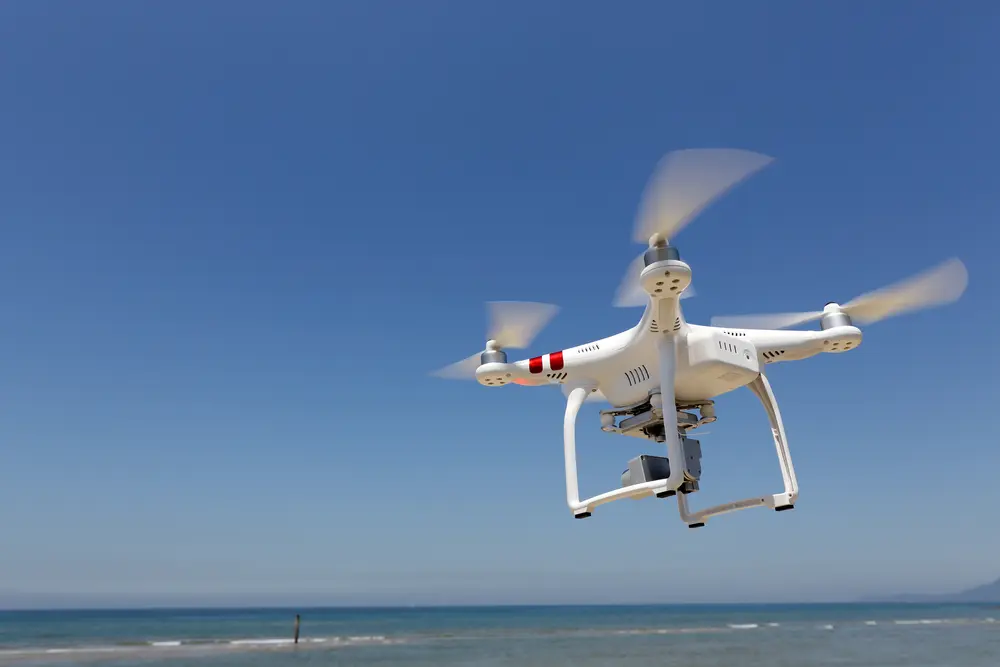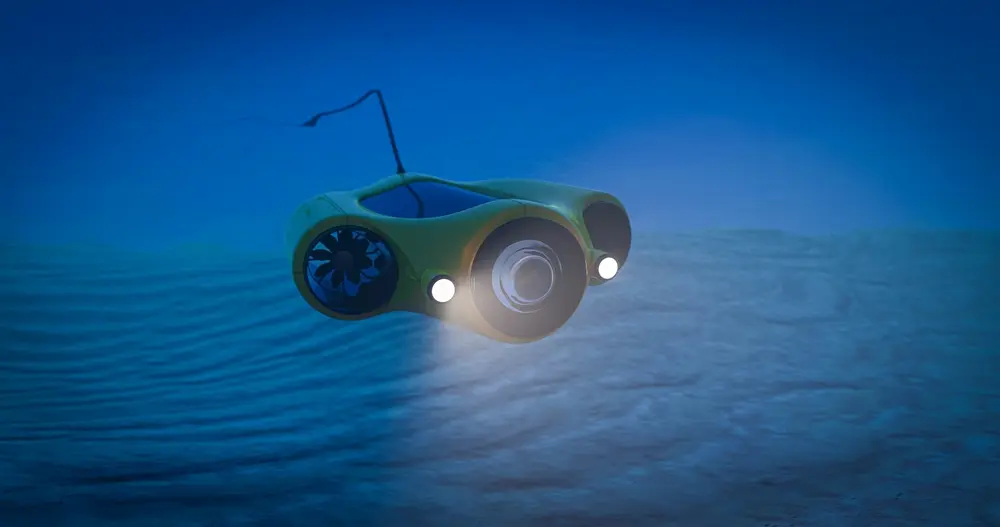In the world of maritime management, technology has played an important role in improving efficiency and safety. In this context, drones have emerged as indispensable tools in the management of maritime terminals and monobuoys. This article explores the importance and various uses of drones in asset mechanical integrity and environmental safety inspection.
What is a drone?
A drone is an unmanned aerial or marine vehicle that can be controlled remotely using software and GPS. Although they were normally associated with recreational uses, they have currently been positioned as advanced high-tech tools of industry 4.0 and 5.0 , being very useful for inspection, investigation and supervision in industries in general.
- Aerial drones or unmanned aerial vehicles (UAV): They are designed to inspect tall structures, drones can also help inspect unsafe and difficult to access areas, such as under docks and around the structure of monobuoys, it is also very useful in monitoring and tracking spills, in progress of works and surveillance, among others (figure 1).

- Underwater drones: They are very useful for the study of waters and tides, to evaluate the conditions of the underwater hoses connected between the body of the monobuoys and the underwater pipeline . They are also used in the inspection of the submerged part of the piles and Mooring Dolphin in the docks and to inspect the hulls of ships docked in port, in anti-narcotics control (figure 2).

Drones in the management of maritime terminals and monobuoys
Advances in drone technology have transformed the way marine terminals and monobuoys are managed . The application of drones in these areas has not only optimized processes, but has also significantly improved safety and operational efficiency.
Generally speaking, drones offer several benefits in terminal and monobuoy management in applications including surveillance, security, inspections, inventory management, logistics, transportation, environmental monitoring and planning, among others. As it is an area in full technological development and continuous research, more advanced and complex applications are expected in the short term.
Application of drones in maritime terminals and monobuoys
The specific application of drones in maritime terminals and monobuoys covers various areas, each contributing to the overall improvement of management and safety.
-Integrity inspection : Inspection of the integrity and mechanics of marine facilities is a complex and important task. Drones, with their ability to access hard-to-reach areas, provide a detailed view of infrastructure and mechanical equipment, identifying potential problems before they become critical. These equipment can be equipped with non-destructive testing (NDT) inspection tools, ultrasonic (UT), infrared (IR) sensors, gas detectors and high-resolution video/imaging cameras.
-Efficient maintenance and repairs: Drones also play a relevant role in preventive and corrective maintenance. These can execute maintenance tasks with efficiency and precision, minimizing facility downtime. Generally speaking, they can offer several benefits in the management of facilities and terminals and monobuoys, regardless of the sector.
-Surveillance and security: They can perform area patrol work and provide real-time surveillance. This is especially useful for detecting intrusions, monitoring security conditions, checking boat hulls for anti-narcotics control, and quickly responding to typical ignition conditions and other emergency situations.
-Inventory management: They can be used to perform inventory counts quickly and accurately in large terminals or warehouses. This can improve efficiency and reduce errors associated with manual methods.
-Logistics and transportation: In some cases, drones can be used to deliver small packages or to transport products in hard-to-reach areas, improving efficiency in the supply chain.
-Environmental monitoring: Drones can carry out environmental monitoring missions to evaluate air quality, water management and other environmental aspects that may be relevant to the management of terminals and monobuoys. Responsible maritime management involves not only the safety of facilities and navigation, but also the preservation of the environment. Drones can monitor and evaluate water quality, detect product spills and assess environmental impact, thus contributing to the sustainability of maritime operations.
-Mapping and planning: The ability of drones to collect high-precision geospatial data can be valuable for planning, allowing the creation of detailed maps of facilities and facilitating informed decision making.
-Traffic management: Ports generally have narrow entry and exit channels through which a large number of ships traffic. This process is complicated and safety-critical, as an error can have catastrophic consequences.
Vessel Traffic Management Systems are used for traffic control at the Port Signaling Station (similar to ATC at the airport) which helps the controller keep track of the location and movement of all ships. However, due to the absence of real-time physical monitoring, the operator has to rely solely on radar information and human input to make his decisions remotely.
The application of drones can go a long way to addressing this deficiency, using drones that monitor all ships and provide the controller with constant situational information.
In addition, with artificial intelligence, functions can be added through which collisions can be predicted and the operator warned. The programming of the movement of the ships can be transferred to these drones, taking into account their environmental requirements (tide, current, wind, etc.). There are several ports that have begun to use drones for traffic management.
Advantages of using drones
- Safety: Drones can help in especially dangerous tasks or situations, without exposing personnel to situations such as entering high-risk confined spaces, fires and contaminated areas, among others.
- Costs: Obviously, the cost and resource requirement of a drone is much lower than that of a manned device.
- Data management: Data collection with the support of AI, which is carried out in real time more quickly and with a high level of precision and detail.
- Efficiency: The use of drones allows us to considerably reduce the time necessary for large projects, saving money and other resources, reducing execution times: inspection or review of tasks.
- Reduction of environmental pollution: They help control emissions into the atmosphere and address large-scale sources of atmospheric pollution in a more efficient and profitable way and are also low-polluting emission equipment.
Legal drone operation
Although drones can be very useful, it must be ensured that drone operators do so legally. Poorly trained drone users can crash, damaging facilities, the environment, and even people. There are Occupational Safety and Health Administration (OSHA) drone regulations, among other rules and laws, which must be followed by pilots to legally operate a drone. Regulations depend on the laws and regulations of each region or state.
Conclusion
The integration of drones in the management of maritime terminals and monobuoys represents a technological advance that drives efficiency, safety and sustainability. From integrity inspection to maintenance support, these devices are transforming the way challenges in the maritime environment are addressed, paving the way to a safer and more efficient future.
Reference
Own source


